Health is a form of human capital which facilitates economic development of a nation in very many ways. As poverty level has declined in the post-liberalsation period, the income level of the people has gone up. This has resulted in the expansion of health seeking behaviour of the people. Despite this public expenditure as a percent of GDP has not increased much. Even after the allocation of huge amount of funds through the NRHM programme, public expenditure as a present of GDP has reached just 1.37 percent in 2010-2011. The limited public public sector suffers from unlimited problems. As the public sector has failed to cope up with rise in health care demand, the private sector dominates the health care market which is evident from the fact that the private sector provides 76 percent of the healthcare in India. Rising cost of diagnosis, medicine and hospitalisation puch millions of Indian below the poverty line. India has one of the highest proportions of out-of-pocket (OOP) spending on healthcare in the world. The higher proportion of OOP spending has put India in the bracket of such extremely poor countries as Congo, Chad, Burundi, and Ghana.
India which boosts of high growth rate also has high disease burden. Chronic under investment in health has resulted in the country witnessing an increase in suffering and death from various diseases, accounting for 20 percent of the world’s disease burden. If this grim scenario persists, India’s demographic divident will not pay off. High growth is now generating the resources needed to enable India to address these problems on a war footing. Like infrastructure, social sector outlays must be seen as an integral aspect of out puch for prosperity. The present volume includes topics on such vital health issues such as health inequality, health, manpower, neonatal mortality, maternal manpower, tribal health, public expenditure on health, etc of India in general and of different states in particular.

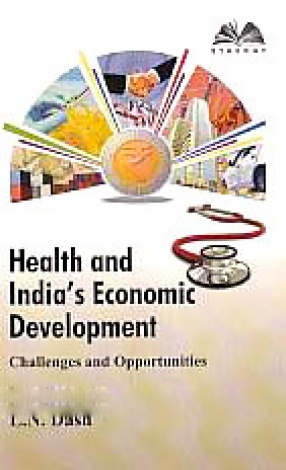
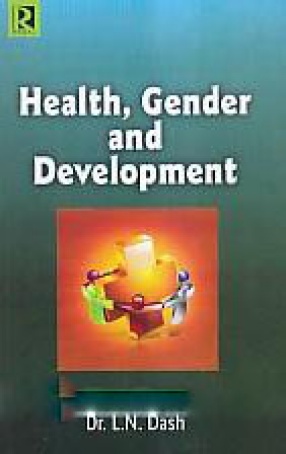
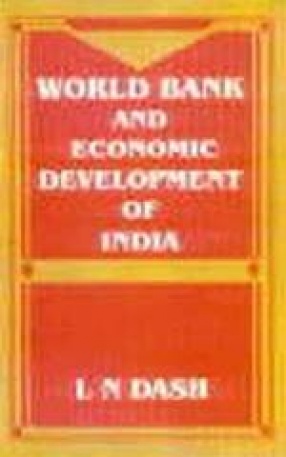
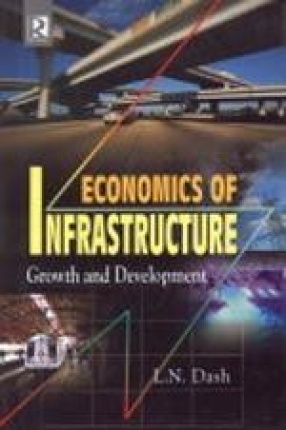
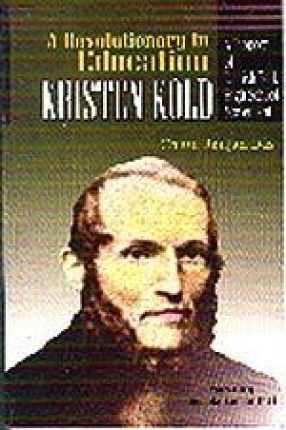


There are no reviews yet.